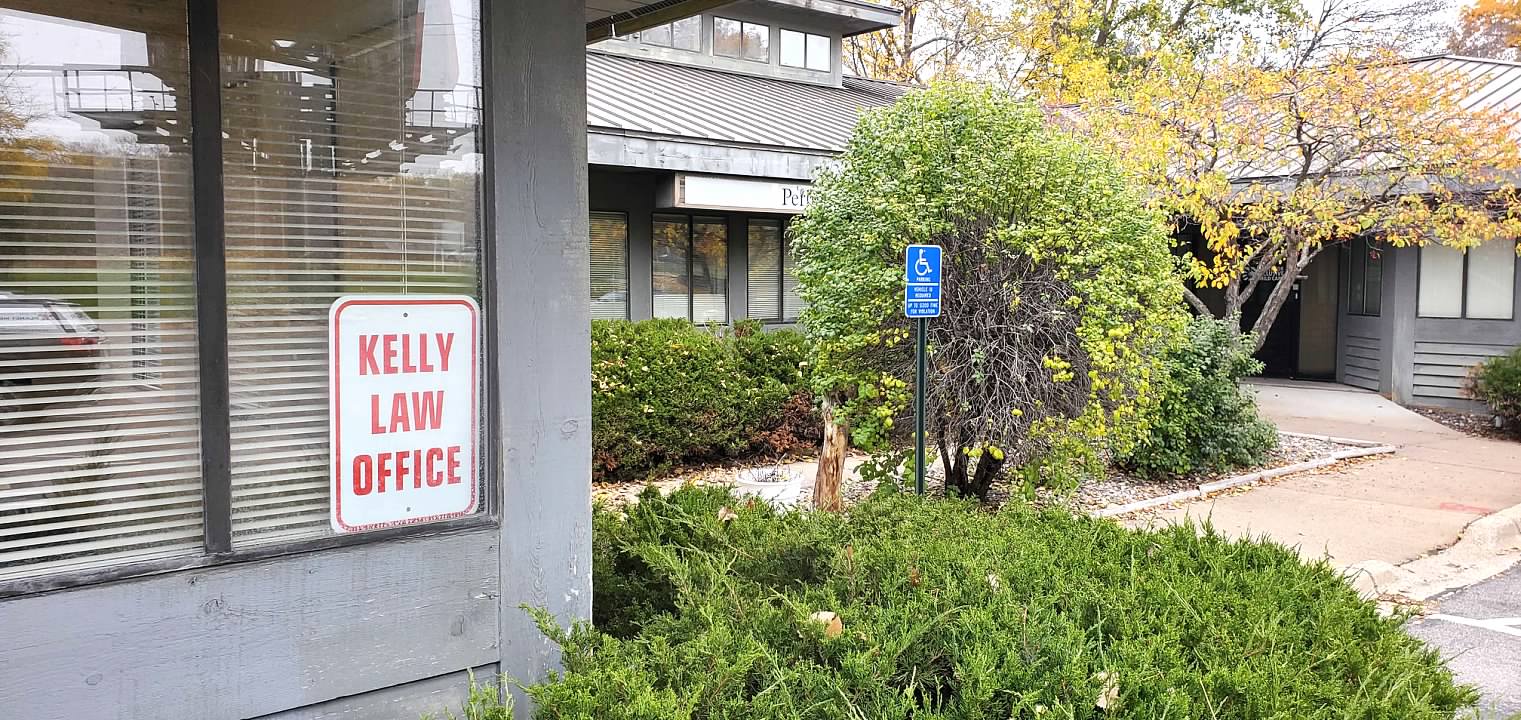I attended a dinner last night which was hosted by my friend and former mentor, now retired attorney Alan Stiegler. He had invited me and several others to thank us for the part we had in getting his law review note, Redemption, finally published. Being on the law review is the highest honor that a law student can have. It is a student publication that reviews and comments on the legal issues of the day, but only about the top one percent or higher of the law students get to have anything to do with it. A “note” is an article, which these days can easily run over 100 pages. Mr. Stiegler’s note, Redemption, was supposed to have been published in the 1949 edition of the University of Minnesota Law review, but it never was. It was excellent work, and it is quite clear that the reason it was kept out of the publication was religious and ethnic discrimination.
I have known Mr. Stiegler for decades, but I heard this story for the first time during a visit I had with him in March, 2007. I asked him if he still had a copy of the transcript. He did. I suggested that these days with the Internet there must be dozens of places it could be published, perhaps even my web site. A few days later he dropped off a copy of the transcript at my office. After reading it, I felt even more strongly that it should be published somewhere. I began looking into possible sites where it could be posted; but Mr. Stielger felt so encouraged by the possibilities that he picked up the phone and called the office of the University of Minnesota Law review.
It was not long before a team of law review students was helping Mr. Stiegler check the citations, retype and edit the text, and prepare the “note” for publication in the current pages of the Law Review. The final form of the note can be found by clicking this link: http://www.law.umn.edu/lawreview/v91stiegler.htm. This brings you to a page with a link to a pdf document at the bottom. That pdf document is the “note.”
My part in this was quite small. Others attending the dinner included several of the students who had been staff of the Law Review, the professor who was their faculty advisor, and the librarian who will be adding Mr. Stiegler’s article to the University of Minnesota Law School’s permanent archives. My understanding is that the librarian also had a hand in helping the students find some of the publications, now in the rare book section of the law library, which had been originally cited by Mr. Stiegler.
An injustice which took place in 1949 has been corrected, and Mr. Stiegler – a well-deserving combat veteran or World War II – is happier and more at peace as a result. I want to thank those at the University Law Review, the law library and the faculty advisers, who choose to see that this was completed.





